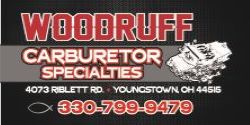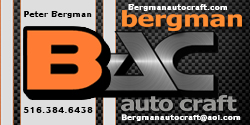steve from staten island
Well-Known Member
- Local time
- 9:56 AM
- Joined
- Sep 24, 2012
- Messages
- 6,715
- Reaction score
- 8,276
- Location
- staten island,ny
Is the same crank on a 383 used for both a auto trans and standard trans? If you wanted to use a auto trans in a standard shift car do you need to remove that pilot piece were the input shaft of tranny goes and if so how do you get it out. the only thing i can think of is threading it and making a strong back--------------------thanks















